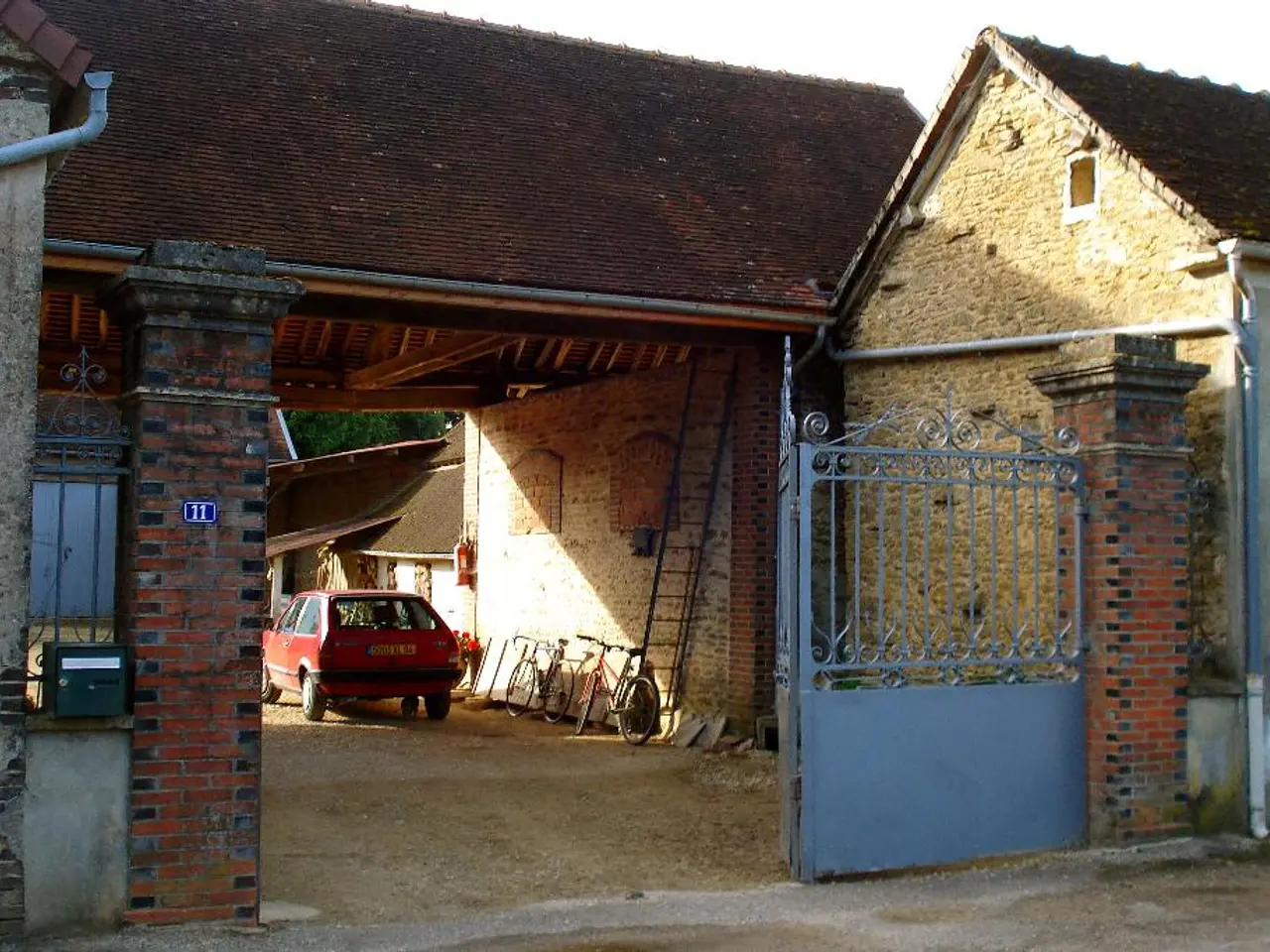Purchasing Properties in Monopoly: A Comprehensive Guide to the Rules
Monopoly, the classic board game, is not just a roll of the dice and a dash to properties. The game's intricate rules create a strategic depth that requires careful planning, smart decision-making, and a keen understanding of the game's mechanics.
One of the key factors that influence the game strategy is the limited total number of houses (32 in Monopoly). This scarcity significantly impacts the competition and development opportunities. Players who buy three houses on each property quickly limit other players' ability to build houses, thus controlling the supply to hinder opponents' progress and strengthen their own positions.
The rule that houses must be built evenly across properties in a color group further shapes strategic decision-making. It prevents players from focusing development on only their most valuable properties at first and encourages broad but balanced property improvement to increase rent income effectively.
Orange and red properties, which players often land on after jail, generate the highest returns. Smart players, therefore, focus on these spaces first because these get the most traffic. However, building houses on mortgaged properties is not allowed, as these properties sit in a suspended state and cannot collect rent.
The game's houses and hotels are purchased from the bank, not from other players or through any auction system. This means that players must manage their resources carefully, prioritizing their investments, and using trades strategically to secure monopolies and maximize property development potential.
The scarcity of houses creates shortages, forcing players to wait or participate in auctions when the bank runs out of houses. This aspect of the game can be exploited by smart players who hoard houses on purpose to create artificial shortages and block other players from developing their properties.
In the digital age, mobile apps could alert players about building shortages before they happen, providing a strategic advantage in future digital versions of Monopoly. Understanding free parking rules also becomes important since landing on free parking gives you a breather to plan your next mortgage payoff or building spree.
Successful players adhere to the 28/36 Rule to maintain financial stability throughout their Monopoly game. To reactivate a mortgaged property, players must pay off the mortgage plus 10% interest. Properties must stay unmortgaged during the upgrade process from houses to hotels.
Players can only buy houses after owning all properties in a complete color group and keeping them unmortgaged. Houses must be built evenly across all properties in a color set before adding second houses anywhere. The bank has a limited supply of hotels, just like houses, so shortages can block your building plans.
Smart players balance their mortgage decisions with their building plans, especially when they control complete color sets. Properties in a monopoly set must be owned to buy hotels, and players must pay the full mortgage amount plus 10% interest to unmortgage each property before construction can begin.
In summary, the fixed, limited number of houses heightens competition and strategic depth by restricting overbuilding, encouraging balanced development, and making timely purchase and trading decisions critical for winning. Understanding these rules and strategies can give players a significant advantage in their Monopoly gameplay.
Sports-betting enthusiasts might find similarities in the strategic depth of Monopoly, as both require careful planning, smart decision-making, and a keen understanding of the game's mechanics. A smart player in sports-betting, similar to Monopoly, must manage resources carefully and prioritize investments, potentiallyHOLD waiting for favorable odds or participating in strategic auctions for better opportunities.






